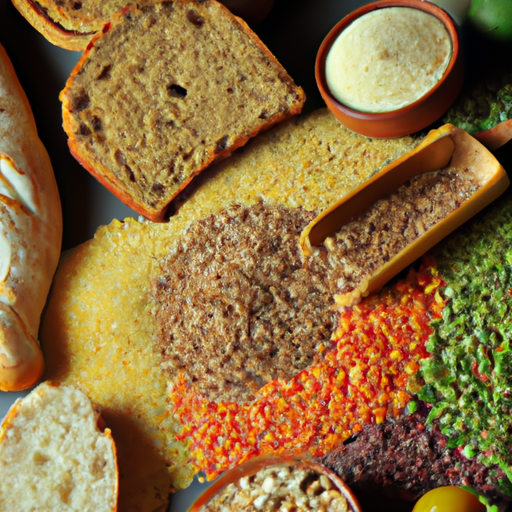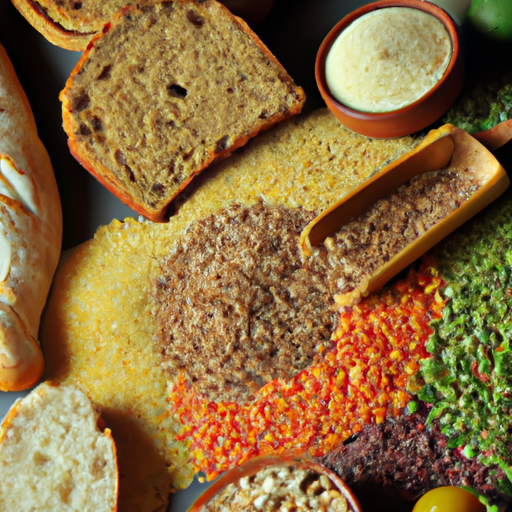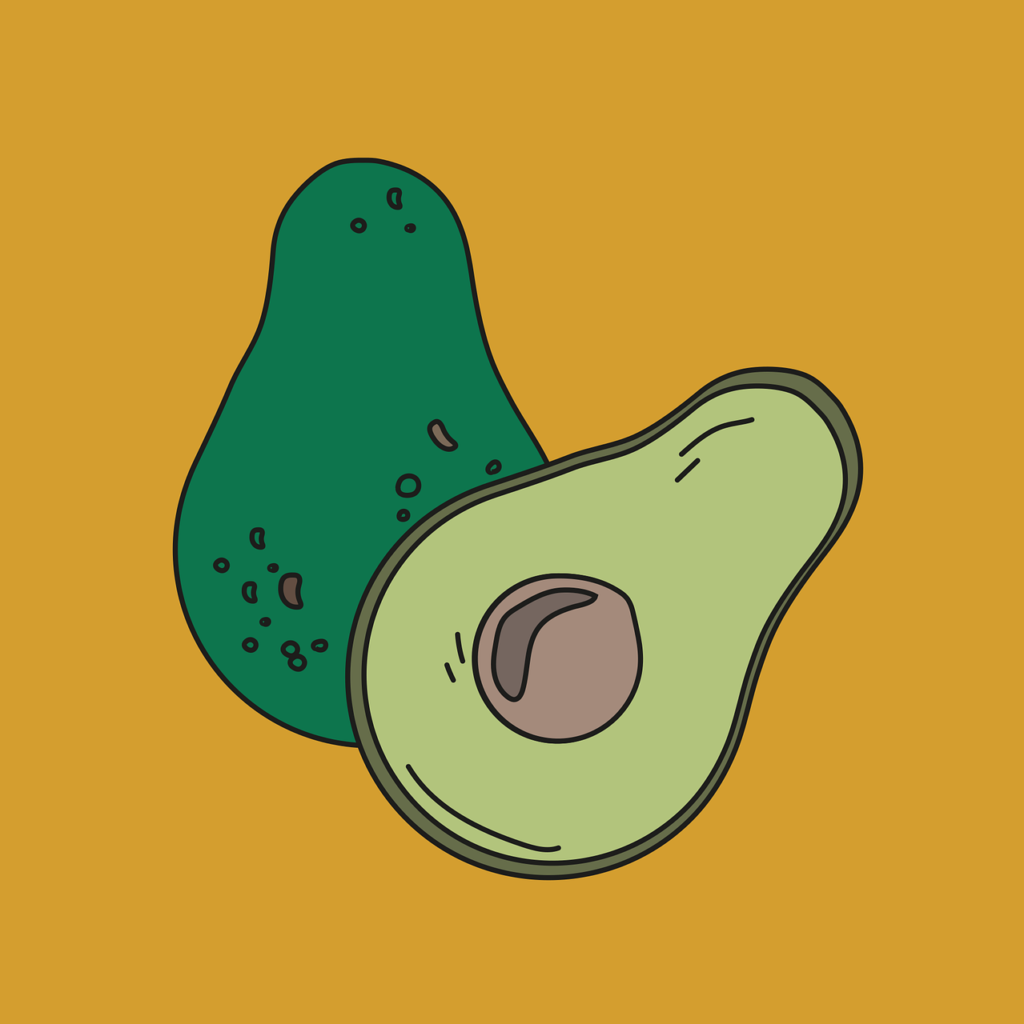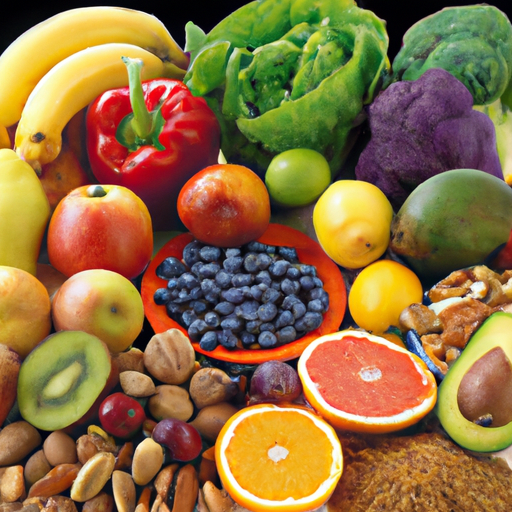Are you looking to make some healthy changes to your diet? Understanding the different types of fiber and their benefits can be a great place to start. There are two main types of fiber: soluble and insoluble. Soluble fiber can be found in delicious fruits like avocados, pears, and guavas. On the other hand, insoluble fiber is commonly found in the seeds and skins of fruits such as berries and bananas. Incorporating high-fiber fruits into your daily routine can help you meet your fiber needs, with added benefits like weight management, cholesterol reduction, and blood pressure stabilization. For women, the recommended daily fiber intake is 28 grams, while for men it is 34 grams. Whether you prefer passion fruit, raspberries, oranges, or mango, there are plenty of high-fiber fruits to choose from. Don’t worry about fresh versus frozen – frozen fruits are just as healthy. To maximize your fiber intake, opt for whole fruits or enjoy them blended rather than juiced.

Types of Fiber
Fiber is a crucial component of a healthy diet and can be categorized into two types: soluble fiber and insoluble fiber.
Soluble Fiber
Soluble fiber dissolves in water and forms a gel-like substance in the digestive system. This type of fiber is known for its ability to absorb water, which helps to soften the stool and promote regular bowel movements. Additionally, soluble fiber can slow down the digestion process and help stabilize blood sugar levels.
Some excellent sources of soluble fiber include avocados, pears, and guavas. Avocados, in particular, are not only rich in fiber but also loaded with healthy fats and numerous other essential nutrients.
Insoluble Fiber
In contrast to soluble fiber, insoluble fiber does not dissolve in water and remains intact as it passes through the digestive system. This type of fiber adds bulk to the stool, aiding in proper digestion and preventing constipation.
Fruits with seeds, fruits with skins, berries, and bananas are all excellent sources of insoluble fiber. By incorporating these foods into your diet, you can ensure an adequate intake of this vital nutrient.
Benefits of Fiber
Including fiber-rich foods in your diet offers numerous health benefits. Let’s explore some of the key advantages of consuming an adequate amount of fiber.
Weight Management
Fiber-rich foods are generally low in calories but high in volume, which means they can help you feel full and satisfied while consuming fewer calories. By incorporating more high-fiber foods into your meals, you can effectively manage your weight and prevent overeating.
Cholesterol Reduction
Soluble fiber has been shown to have a positive effect on cholesterol levels. It binds to cholesterol in the digestive system, preventing its absorption into the bloodstream. As a result, including soluble fiber in your diet can help lower LDL (bad) cholesterol levels, reducing the risk of heart disease.
Blood Pressure Stabilization
Several studies have indicated that a diet high in fiber may help stabilize blood pressure levels. The exact mechanisms behind this are not yet fully understood, but it is believed that the soluble fiber in particular plays a role in promoting healthy blood pressure.
By incorporating fiber-rich foods into your daily meals, you can enjoy these benefits and support your overall well-being.
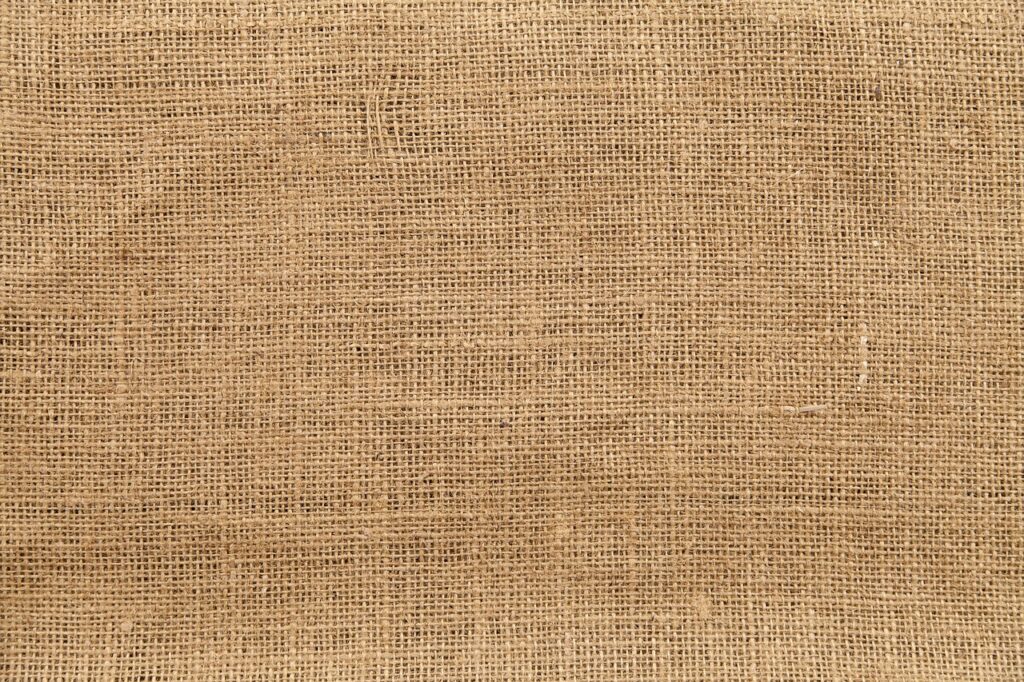
Recommended Daily Fiber Intake
The recommended daily fiber intake varies based on factors such as age, gender, and overall health status. Generally, it is recommended that women aim for around 28 grams of fiber per day, while men should strive for around 34 grams.
Fiber Intake for Women
For women, meeting the daily recommended fiber intake is crucial for maintaining overall health. Adequate fiber intake can help prevent constipation, promote regular bowel movements, and support weight management. By incorporating high-fiber foods into meals and snacks, such as fruits, vegetables, whole grains, and legumes, women can easily meet their fiber needs.
Fiber Intake for Men
Men also benefit from consuming an adequate amount of fiber on a daily basis. It can help regulate digestive function, promote heart health, and maintain a healthy body weight. To meet the recommended fiber intake, men should include fiber-rich foods in their diet, such as fruits, vegetables, whole grains, and beans.
High-Fiber Fruits
Fruits are an excellent source of fiber and offer a wide range of health benefits. Here are some high-fiber fruits you can incorporate into your diet to boost your fiber intake:
- Passion Fruit: Packed with fiber, passion fruit is not only delicious but also highly nutritious.
- Guava: This tropical fruit is not only rich in fiber but also a great source of vitamin C.
- Raspberries: These tart berries are loaded with fiber, antioxidants, and various vitamins and minerals.
- Blackberries: Like raspberries, blackberries are rich in fiber and provide a range of essential nutrients.
- Pear: A sweet and juicy fruit, pears are an excellent source of dietary fiber and vitamin C.
- Avocado: Avocados, known for their healthy fats, are also a good source of fiber.
- Kiwifruit: This small fruit contains both soluble and insoluble fiber, making it an excellent choice for a high-fiber diet.
- Blueberries: These small, flavorful berries are packed with fiber and antioxidants.
- Oranges: In addition to being a great source of vitamin C, oranges provide a good amount of fiber.
- Grapefruit: Grapefruits are not only refreshing but also high in fiber, making them a healthy choice for a high-fiber diet.
- Pomegranate: Known for their antioxidant properties, pomegranates are also a good source of fiber.
- Mandarins: These small, easy-to-peel citrus fruits are not only delicious but also contain dietary fiber.
- Strawberries: Besides being high in fiber, strawberries are rich in vitamin C and other beneficial compounds.
- Banana: This widely consumed fruit contains a good amount of fiber and is a convenient snack option.
- Apricot: Apricots are not only a great source of fiber, but they also offer vitamins A and C.
- Cherries: These vibrant fruits are not only delicious but also contain a good amount of fiber and antioxidants.
- Mango: Mangos are not only sweet and juicy but also a good source of fiber and vitamin C.
By including these high-fiber fruits in your diet, you can easily boost your fiber intake while enjoying a variety of flavors.
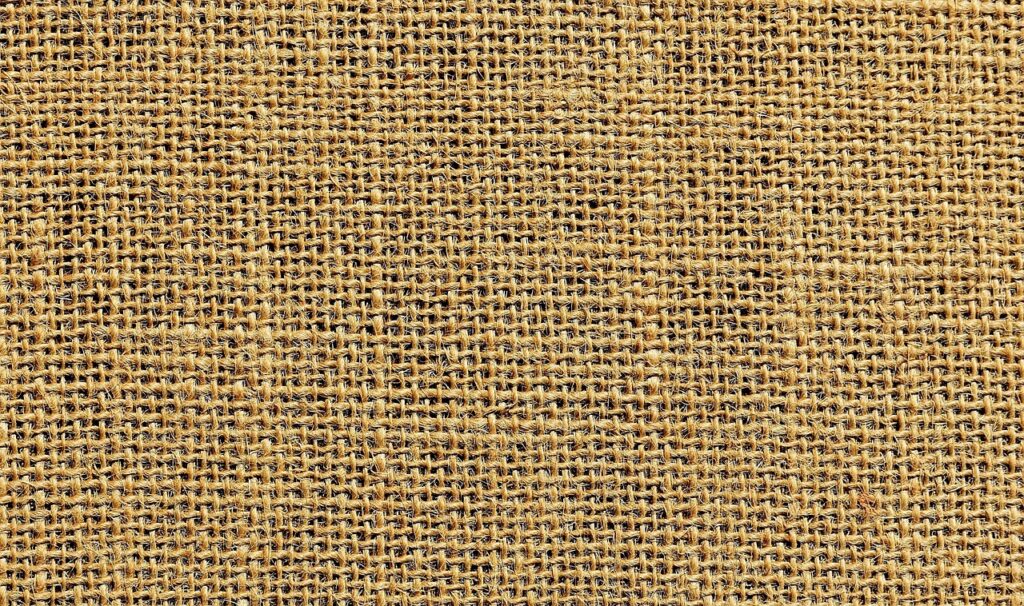
Frozen Fruits vs. Fresh Fruits
When it comes to choosing between frozen fruits and fresh fruits, you may wonder which option is healthier. The good news is that both options offer similar nutritional value.
Nutritional Value
Frozen fruits are often harvested and frozen at their peak ripeness, which helps lock in their nutritional value. In contrast, fresh fruits may undergo a longer journey from the farm to the grocery store, potentially leading to some nutrient loss along the way. However, both fresh and frozen fruits retain their essential nutrients, such as vitamins, minerals, and fiber.
Fiber Content
The fiber content of frozen fruits is similar to that of fresh fruits. So, if you are concerned about meeting your daily fiber needs, both options are equally suitable. You can opt for either fresh or frozen fruits based on availability, convenience, and personal preference.
Including a mix of fresh and frozen fruits in your diet ensures a wide variety of flavors and nutrients while providing the fiber your body needs.
Whole Fruit vs. Juicing
While juicing has gained popularity as a way to consume a large quantity of fruits and vegetables, it is important to consider the fiber content in whole fruit versus juice.
Fiber Content in Whole Fruit
When you consume whole fruit, you get the full amount of dietary fiber present in the fruit. The fiber in the fruit aids digestion, helps regulate blood sugar levels, and promotes a feeling of fullness. Chewing the fruit also stimulates saliva production, which initiates the digestive process.
Fiber Content in Juice
Juicing, on the other hand, removes the fiber from the fruit, resulting in a juice that is lower in fiber content. While juice can still provide some vitamins, minerals, and antioxidants, it lacks the beneficial fiber found in whole fruit.
Blended Fruits
Blending fruits, such as making smoothies, offers a compromise between juicing and consuming whole fruit. Blending retains most of the fiber from the fruit, providing a more satisfying and nutrient-dense option compared to juice.
In conclusion, while juicing and blending can be convenient ways to incorporate fruits into your diet, it is important to remember that consuming whole fruit is the best way to obtain the full nutritional benefits, including essential fiber content.
Incorporating high-fiber fruits into your daily meals and snacks is an excellent way to meet your fiber needs and support your overall health. Whether you choose fresh or frozen fruits, whole fruit or blended options, these high-fiber choices can help you maintain a healthy weight, reduce cholesterol levels, stabilize blood pressure, and improve digestive function. So, grab a variety of these high-fiber fruits and enjoy the taste and health benefits they have to offer!
